Joe Biden’s decision to consider lifting sanctions on terrorist-operated Iran has lifted plenty of eyebrows.
The Iran nuclear deal never made much sense, amounting to the United States paying Iran billions to ‘pretty please’ not make nuclear weapons to attack regional neighbours that it fantasises about erasing from the face of the Earth.
When you realise that this is about doing China a favour, not Iran, things start to make sense.
The Iran-Pakistan gas pipeline was a casualty of US sanctions on Iran. While these remain active, Pakistan is unable to complete this vital piece of China’s Belt and Road Initiative in the China Pakistan Economic Corridor (CPEC). The oddly named ‘Peace Pipeline’ stops off at the strategic deep water seaport of Gwadar. Pakistan has handed management of the port over to China on a long lease after they paid for 80% of its construction, including a large international airport fully funded by Chinese grants. The object of the pipeline is to avoid the ‘Malacca Dilemma’ where foreign powers in a conflict can blockade China’s fuel resources in the Strait of Malacca and trigger an energy shortage. The pipeline joins a $2.5 billion dollar floating liquefied natural gas facility in the Gwadar Special Economic Zone that belongs to China, exempting its operations from Pakistani income, sales, and federal excise taxes.
Why didn’t China build Pakistan some solar panels to handle its energy shortfall instead of using Iran’s ‘evil’ fossil fuels? Don’t ask questions. All you need to know is that Xi Jinping wants his pipeline finished, and Biden is keen to help out a mate with his military assets.
At the end of the last century, China assessed its position in the world and found itself on a map surrounded by American alliances. Its subsequent leaders have made it their mission to weaken these by subverting, buying out, and breaking ties to the United States in as many countries as possible. While it has occasionally taken an asset by force, such as Tibet (which controls the source of Asia’s most important rivers), it is generally easier to throw money at the problem.
China’s Belt and Road Initiative is not only the largest land and sea infrastructure project undertaken in human history, it is also a declaration of global military dominance. Political power is ultimately secured by force. To do that China needs to build transport networks through difficult terrain where it can rapidly move weaponry across Asia. The trillion-dollar endeavour includes the Bangladesh-China-Myanmar corridor, the China-Pakistan corridor, and the China-Central Asia-West Asia corridor in its re-imagined Silk Road. These flow out from China, funnelling fossil fuels and minerals around Asia in contrast to China’s public persona of ‘super green’.
This project has the dual benefit of buying crucial votes at the United Nations – the same organisation that has to approve expenditure and hand-wave the environmental catastrophe accompanying its hydroelectric projects. China needs UN immunity to continue its practice of using mega-dams as a political bargaining tool, leaving nations downstream either flooded or deprived of water if they refuse to cooperate.
The heavy lifting of UN coercion is done in Africa. Debt-trap politics target fragile leaderships who are willing to use their natural assets as collateral on Chinese loans that they cannot pay back. China essentially rapes the poorest nations in Africa of their resources, sometimes mined by child labour. It then uses Chinese-built infrastructure paid for by African nations to ship minerals out of the country where they are turned into Renewables technologies and on-sold to virtuous Western nations. In exchange for this predatory relationship, African nations support China in UN votes against Western interests and human rights issues. China calls this the ‘win-win’ scenario.
The geographic positioning of the Belt and Road Initiative has brought China into formal partnership with Islamic nations and alliances in regions where religious tensions are strained.
This may appear awkward, given China’s prominent persecution of Islamic Uyghurs in the Xinjiang province where it has set up concentration camps. As signatories of the Shanghai Cooperation Organisation, Islamic partners turn a blind eye to China’s ethnic enslavement, which goes far beyond stopping Islamic terrorists who were operating in the region. Xinjiang is the heart of the Belt and Road initiative and China cannot afford religiously motivated dissent, especially within a regime that does not tolerate any god other than Xi Jinping and the Communist Party.
What makes Islam dangerous to the communist regime is also what makes it useful in foreign nations that China is looking to control.
The truth is, an Islamic dictatorship speaks the same language as communism. Xi Jinping likes to deal with members of the Arab League where there is no inconvenience of democracy or a whinging free press to navigate. Its absolute leaders do not mind selling the nation’s assets on the cheap to line their palaces with gold. At the end of the day, a world run by China allows despots to get away with any and all human rights violations they wish.
China uses Islam to its advantage in two ways. In regions governed by Islamic dictatorships, China offers military arms in conjunction with infrastructure projects. For better or worse, China picks winners in ancient civil wars, expediting their end so that China can extract resources from that nation and turn a commercial profit as quickly as possible. This has resulted in dominant ethnic groups selling the resources of their neighbours to China without permission. Balochistan, the location of the Gwadar port in Pakistan, is one such flashpoint.
In strong, stable nations that are suspicious of China’s plans of global supremacy, China empowers separatist movements inside and around them. This exhausts the nation, leaving it unable to stomach a scuffle with China.
India is China’s accidental geopolitical twin and natural market competitor as the Western world falls out of love with China. India is on the rise and Xi Jinping knows it.
The unleashing of a pandemic certainly did not help China’s public relations, but India was already en-route to usurp manufacturing and technology dominance in the region due to its sentiments of liberty and democracy. These ideologies represent a shared future for the West, one which it does not mind empowering in a situation of joint growth.
To achieve this, India needs to free up its agricultural sector. Russia’s attempt to import socialism into India after the Russian Revolution is entering its final stages of collapse, with Modi’s recent dismantling of oppressive socialist farming laws. The trio of agricultural laws gives small farmers more bargaining power against large farms, granting them freedom to sell their produce to whomever they wish without navigating union middlemen. Essentially, it is the introduction of capitalism into the agricultural sector. If the legislation goes through, economic fortunes will rise for its desperately poor rural regions, making it more difficult for political separatists to stir trouble.
Annoyingly for China, India sits in the middle of its world domination map.
If India’s wealth and influence grows significantly, it could start buying back friends – particularly Sri Lanka who previously ditched a deal to build a joint port with India and Japan, and instead took out billions of dollars in loans with China for the construction of seaports, airports, cities, power stations and highways. This resulted in Sri Lanka granting China a 99-year lease of Hambantota port when it failed to make its repayments – oh, and 32 years of tax exemptions.
Sri Lanka has long been an ally of India with deep connections between its populations. The nation’s recent drift toward China has left Sri Lanka fearing that it has sold its sovereignty to China along with its strategic military assets. A fear re-enforced when unauthorised Chinese submarines cruised into Hambantota. This could explain why, as of January 2021, Sri Lanka has considered re-opening negotiations with India over a rival port.
The easiest way to damage India’s economic aspirations is for China to put pressure on religious tensions in the north.
India’s conflict with Islam began in Northern India around the seventh century with the conquest of Sindh during the Rashidun Caliphate (often referred to as the origin of the Pakistan movement and Gateway of Islam in India). Islam then pushed across the top of India with the Ghurids conquest and consolidated for hundreds of years in the Islamic empire of the Delhi Sultanate. When it came to dismantling British India, these religious divides made it impossible to continue with a unified India, eventually resulting in the formation of separate Islamic nations; Pakistan and Bangladesh.
India, Pakistan, and China are nuclear states. China supplies both Pakistan and Bangladesh with military aid. In exchange for unspecified resources, Pakistan remains silent on sensitive political issues, including the illegal trafficking of young Pakistani women to China. Bangladesh openly publicises its Chinese tanks, frigates, missile boats, fighter jets, and Chinese military bases. It has leaned so heavily on Chinese investment that Bangladesh is in danger of slipping into dependence. In exchange, China has gained access to the Bay of Bengal and positioned military assets along India’s Eastern flank – completing the box with Tibet controlling India’s water, Sri Lanka cutting off the South, and an increasingly hostile and well-resourced Pakistan bordering the West.
If China cannot buy India off, it will be content to arm its neighbours and encourage an atmosphere of fear to keep the nation looking over its shoulder, fighting civil unrest instead of focusing on economic growth.
For China to succeed, it must create a weak India ringed by military assets on all sides that it cannot fend off in the event that China enters a hot regional war. To ensure India remains trapped, China is prepared to destroy India’s environment by diverting the source of its river systems in a series of ‘green’ hydroelectric dams signed off by a UN that it took the trouble of buying earlier.
If Biden has already proved himself to be complicit in Xi Jinping’s plan to dominate the world’s geopolitics, who will be left to protect Australia from China’s southward creep through the Pacific? Because it won’t be India.
Alexandra Marshall is an independent writer. If you would like to support her work, shout her a coffee over at Ko-Fi.
Got something to add? Join the discussion and comment below.
Get 10 issues for just $10
Subscribe to The Spectator Australia today for the next 10 magazine issues, plus full online access, for just $10.

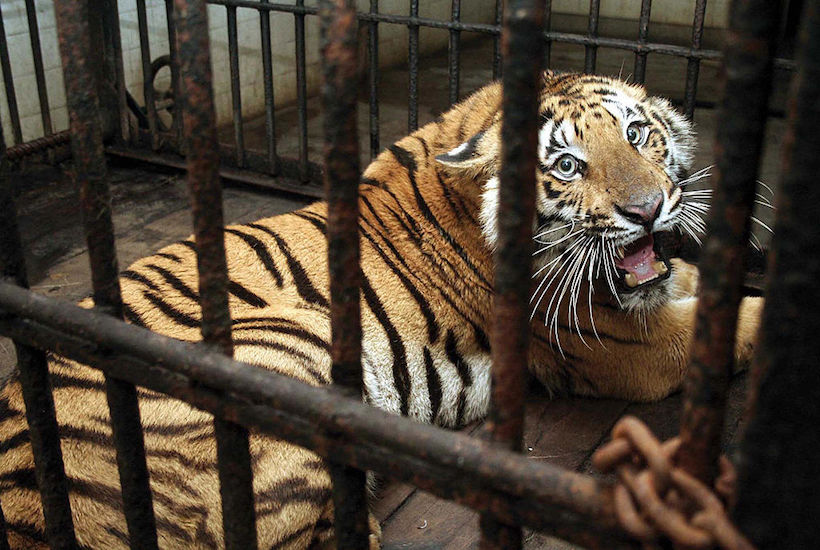
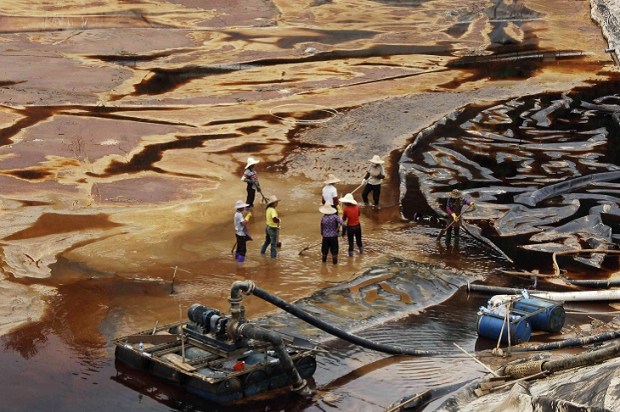
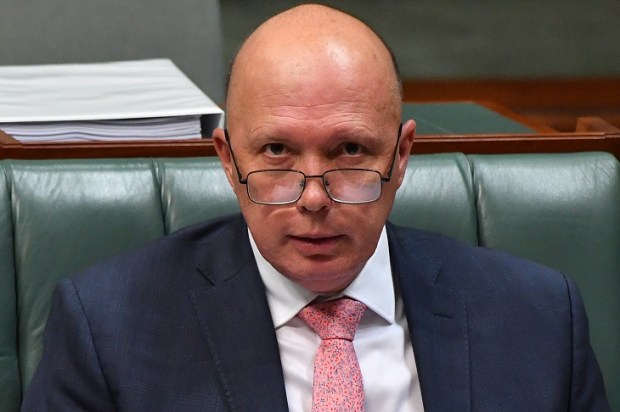
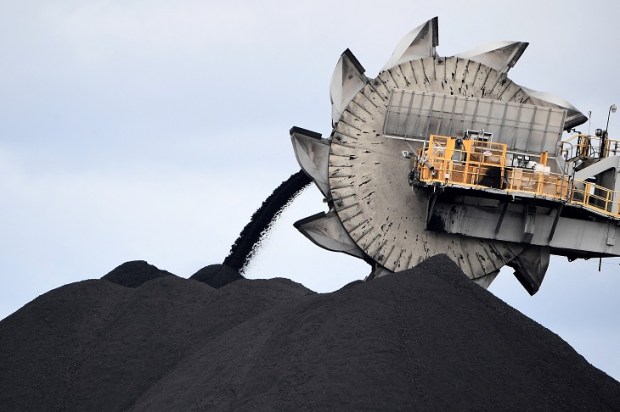

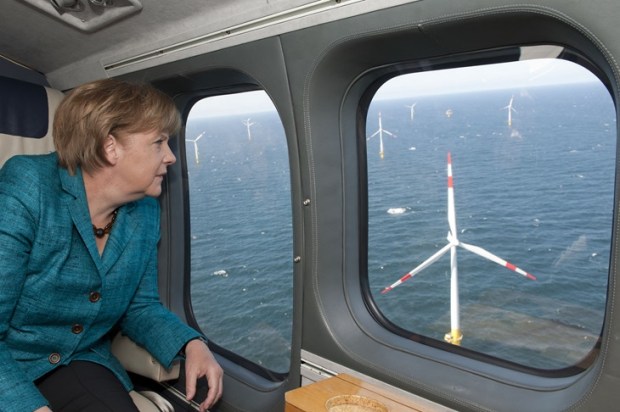



















Comments
Don't miss out
Join the conversation with other Spectator Australia readers. Subscribe to leave a comment.
SUBSCRIBEAlready a subscriber? Log in